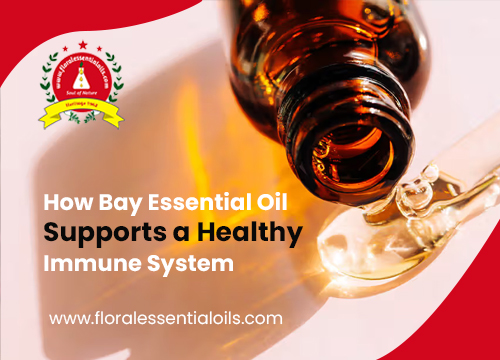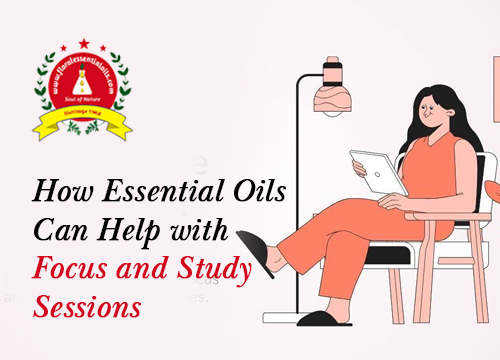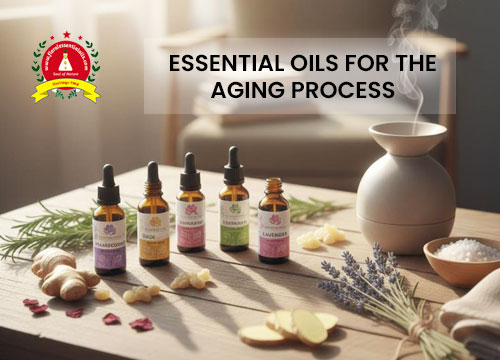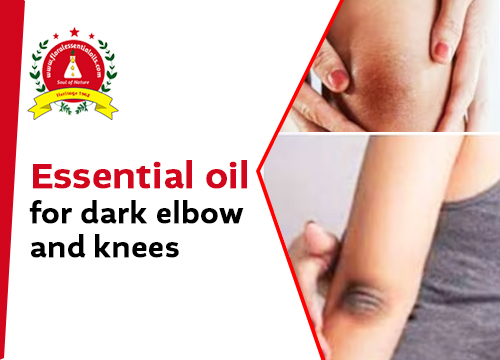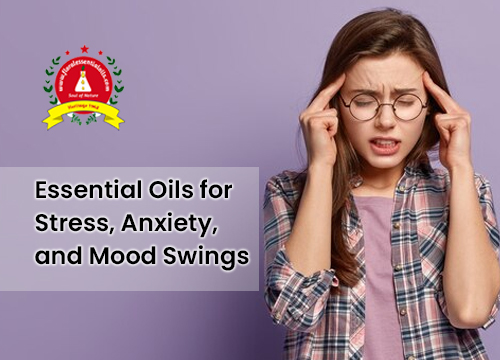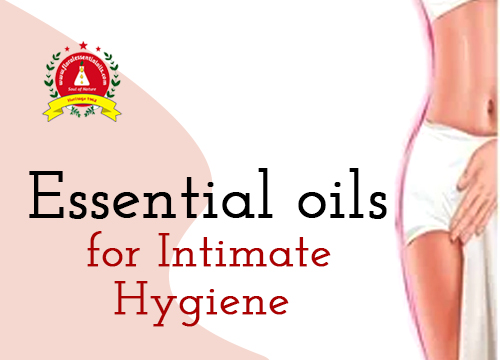When it comes to natural methods of boosting our immune system, essential oils have rightfully found a place in wellness regimens. One such underappreciated but potent oil is Bay Essential Oil. Derived from the leaves of the Bay Laurel tree (Laurus nobilis), this oil has been utilized for centuries due to its medicinal and therapeutic benefits. While most commonly recognized for its warm, spicy aroma and use in perfumes or culinary applications, Bay Essential Oil is a potent natural remedy that can play a significant role in supporting your body’s defense mechanisms.
In this blog, we’ll explore how Bay Essential Oil can help boost immunity, its key benefits, the science behind its action, and how to use it effectively for immune support.
What Is Bay Essential Oil?
Bay Essential Oil is steam-distilled from Bay Laurel leaves, a plant indigenous to the Mediterranean area. Not to be confused with West Indian Bay (Pimenta racemosa), the oil contains a unique blend that is rich in active constituents such as:
- Eugenol – A potent antimicrobial and antioxidant
- Linalool – Renowned for its sedative and immune-stimulating properties
- Myrcene – An anti-inflammatory compound
- Alpha-pinene – Promotes respiratory health and has bronchodilatory effects
These constituents blend together to make a solid immune support foundation, particularly during winter months, when colds and flu are in season, or periods of stress.
How Bay Essential Oil Strengthens the Immune System
Let’s dive into the ways Bay Essential Oil actively supports and strengthens the immune system:
-
Antimicrobial and Antiviral Properties
Bay Essential Oil is loaded with eugenol, which exhibits potent antibacterial, antiviral, and antifungal activity. These qualities help your body resist infections by fighting off harmful microorganisms before they can cause illness.
Research Insight: There is evidence that eugenol destabilizes the bacterial outer membrane, allowing for easier destruction by the immune system.
Practical Use: Diffusing Bay Essential Oil in your home might cleanse the air and decrease your risk of respiratory diseases.
-
Anti-inflammatory Effects
Chronic inflammation is among the key reasons for a compromised immune system. Bay Essential Oil, being myrcene and eugenol rich, contains powerful anti-inflammatory effects that alleviate internal inflammation and enhance immune resistance.
How It Helps: Reduced inflammation equates to better immune control and reduced pressure on your body’s natural defense systems.
-
Respiratory Health Support
The respiratory health and immune system go hand in hand. The alpha-pinene and cineole compounds in Bay Essential Oil clear nasal passages, relieve congested chests, and enhance breathability.
Why It Matters: Having a healthy and clear respiratory system prevents colds, coughs, and flu.
-
Antioxidant Protection
Bay Essential Oil has antioxidants that combat free radicals — unstable molecules that harm cells and weaken immunity. By eliminating these radicals, Bay Oil maintains cellular health and immunity.
Fun Fact: Antioxidants also aid in anti-aging and skin health.
-
Stress Relief and Mood Balance
Mental and emotional stress is among the silent killers of immune vigor. Bay Essential Oil’s soothing elements, especially linalool, soothe anxiety, stabilize emotions, and enhance peaceful rest — all crucial for robust immune protection.
Aromatherapy Use: Inhalation or topical application (with carrier oil) of Bay Oil induces a feeling of calmness and facilitates the recovery of the body from stress at a quicker pace.
Methods to Utilize Bay Essential Oil for Immune Support
It’s one thing to know the benefits, but the true magic occurs when you integrate Bay Essential Oil into your daily routine. Here are some safe and effective methods to use it:
-
Aromatherapy Diffusion
Add 3–5 drops of Bay Essential Oil to a diffuser to cleanse the air, open the sinuses, and bask in its warming, spicy fragrance. Use during cold months or after a long, exhausting day.
-
Topical Application
Dilute 2–3 drops of Bay Oil with a carrier oil (such as coconut or jojoba oil) and apply to the chest, neck, or feet to stimulate immune-enhancing benefits.
Caution: Always do a patch test before using any essential oil on the skin.
-
Steam Inhalation
Put 2 drops in a hot water bowl, cover your head with a towel, and breathe deeply for 5–10 minutes. This clears the breathing tubes and provides direct antimicrobial effects.
-
Immune-Boosting Massage Blend
Blend Bay Essential Oil with eucalyptus, lavender, and tea tree oil in a carrier oil base for an immune-boosting full-body massage.
-
Bath Soak
A soothing means of relaxation while promoting immunity — pour a few drops of Bay Oil (mixed with Epsom salt and carrier oil) into your warm bath water.
Safety Precautions and Tips
Although Bay Essential Oil provides incredible immune-boosting properties, it is critical to use it responsibly:
- Internal consumption is avoided except under professional advice.
- Dilute sufficiently before using on the skin to avoid irritation.
- Not suitable for pregnant women or children.
- Always buy 100% pure, therapeutic-grade Bay Essential Oil from reputable sources.
Complementary Oils to Mix with Bay Essential Oil
To further support its immune-boosting properties, Bay Essential Oil may be blended with other essential oils with synergistic properties:
- Tea Tree Oil – for enhanced antiviral and antibacterial protection
- Eucalyptus Oil – for respiratory purification and immune stimulation
- Lemon Oil – vitamin C-like compounds-rich, uplifting, and purifying
- Lavender Oil – for soothing and anti-inflammatory properties
Make your own immune-boosting essential oil blend with 2 drops each of Bay, Tea Tree, and Eucalyptus in a diffuser for an intense wellness environment.
Lifestyle Habits to Optimize Immune Health with Bay Oil
Application of Bay Essential Oil is even more powerful when part of a comprehensive wellness regimen. The following are some supporting habits:
- Drink plenty of water
- Consume a well-balanced, nutrient-dense diet
- Get adequate sleep
- Regulate stress levels
- Exercise regularly
- Avoid smoking and consume alcohol in moderation
Bay Essential Oil can be your natural partner on this journey, but natural care is always the optimal base for a robust immune system.
Final Thoughts
Bay Essential Oil is more than just a pleasant aroma – it’s a natural powerhouse that supports your body’s immune defenses in several ways. From its strong antimicrobial compounds to its soothing effects on the nervous system, Bay Oil is an all-around hero when it comes to staying well, especially during periods when your immunity could use a bit of help.
Whether you’re using it to breathe more easily, relax more profoundly, or combat winter colds, Bay Essential Oil is worth a place in your wellness arsenal.
Searching for Pure, Therapeutic-Grade Bay Essential Oil?
If you are ready to add Bay Essential Oil to your regimen, select a brand that prioritizes purity, potency, and sustainability. At Floral Essential Oils, we provide 100% natural, steam-distilled Bay Essential Oil extracted from the best Bay Laurel leaves — ideal for your well-being needs.
Read also :- What are the Benefits of Petitgrain Oil?, 5 Best Essential Oils for Immunity, Detox Your Life with Essential Oils
